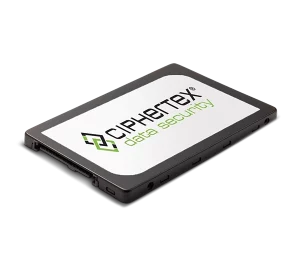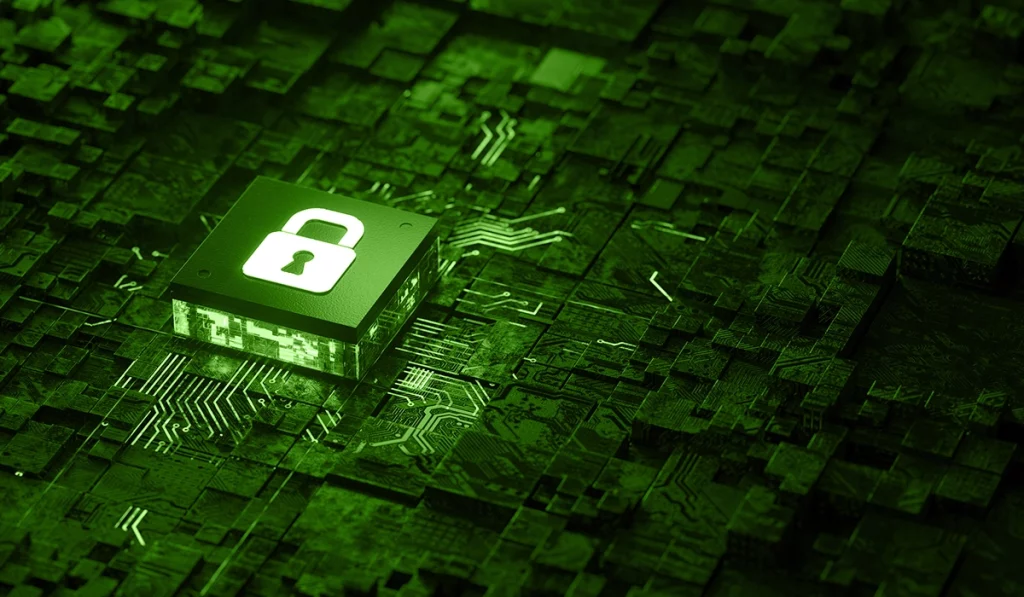Introduced in 1991, solid-state drives (SSDs) have seen major upgrades since the first models reached the market. Today, SSDs have established themselves as invaluable data storage tools, with many consumer and enterprise applications. The modern-day SSD generally uses NAND flash storage to provide a highly dependable, non-volatile data management solution.
In the early 2020s, SSD market share is hotly contested by two options: TLC and QLC NAND flash memory. Choosing the right option depends on your specific operational needs and isn’t always straightforward. To make the best choice, it’s important to understand the differences between each SSD type. This article provides an overview of the key similarities and differences between TLC and QLC solid-state drives.
Characteristics of SSDs
While there are different types of options within the family of solid-state drives, SSDs themselves are an alternative to the much older hard disk drive (HDD) technology that IBM introduced back in 1956. Both use non-volatile storage memory. However, SSD, which stores data in integrated circuit assemblies, differs in many significant ways from HDD, which relies on magnetic storage. These differences include the following:
Speed – Compared with hard disk drives, SSDs are markedly faster, with shorter bootup times. They also surpass HDDs in speed of running apps and transferring files. The superior load times explain why video game aficionados tend to prefer SSD hardware—but it’s important to note that this speed advantage is useful for a wide range of business applications as well.
Dependability – SSDs do not have moving parts, unlike HDD. As a result, an SSD is less likely to become seriously damaged from physical impact (e.g., dropping it on the ground). Additionally, SSDs are more resistant to very hot or cold temperatures.
Noise generation – While HDDs often create a racket while in operation—and can even produce annoying vibrations—SSDs work soundlessly. This can be an important consideration in certain work environments.
Energy use – SSDs require less energy to run as compared with HDDs.
Price – SSDs tend to be the more expensive of the two options.
Storage capacity – Here is another category where HDD has the edge. HDDs can handle up to 18TB of memory (and occasionally more), while SSDs are seldom found with a capacity exceeding 4TB.
Although HDD has been the traditional electronic data storage solution for businesses, SSD has witnessed a popularity surge in recent years. There is no mystery why: For most purposes, an SSD is clearly superior to an HDD. The two options—HDD and SSD—both have their champions, but it seems inevitable that solid-state drives will soon outstrip its competitor in the marketplace.
NAND Flash Storage
Early solid-state drives used DRAM (dynamic random access memory), but today most SSDs rely on NAND flash memory. NAND, unlike DRAM, is a non-volatile type of memory (NVM), and for that reason offers expanded performance options because it can retain data even after the power is shut off. This, in addition to its relatively low cost, largely explains the present-day preference for NAND flash memory in solid-state drives, even though DRAM offers faster data access. However, SSDs with flash memory often utilize DRAM memory as a temporary cache.
NAND flash storage uses memory cells to write data on. There are different types of memory cells, which are classified according to the number of bits each cell can store. At present, there are nine generations of NAND flash memory:
Single-level cell (SLC) – Holds one bit per cell.
Multi-level cell (MLC) – Holds two bits per cell. Has 2x more capacity than SLC memory.
Triple-level cell (TLC) – Holds three bits per cell. Has 1.5x more capacity than MLC memory.
Quad-level cell (QLC) – Holds four bits per cell. Has 1.3x more capacity than TLC memory.
Today, the market is dominated by TLC and QLC SSDs. It might seem that QLC, with 1.3 times the storage capacity of TLC, is the clear favorite in this particular contest. In reality, it isn’t quite so simple. A TLC solid-state drive has important advantages not shared by a QLC model, and vice versa. As a result, TLC has remained the most common type of NAND flash memory, despite the emergence of the newer QLC.
Benefits of TLC Memory
TLC devices can offer a number of advantages that QLC devices cannot match, including but not limited to the following:
Speed – In general, TLC performs most tasks quicker than QLC.
Durability – Compared with QLC memory, TLC needs to go through fewer program/erase cycles, precisely because it has fewer bits stored in each cell. This can be a serious issue because one of the innate weaknesses of flash-based memory is the possibility of damage to the floating gates, causing premature wear to NAND cells. Although there are ways to mitigate the harm caused by this phenomenon—such as wear leveling and data buffering—TLC can be expected to last longer than QLC.
Better for write-intensive workloads – Due to the greater per-cell storage demands of QLC flash, it takes longer to write data to each cell as compared with TLC. In addition, TLC is less likely to encounter errors in write performance, and less reliant on labor-intensive error correction, than QLC. Therefore, TLC is generally the recommended choice for write-intensive duties.
Benefits of QLC Memory
QLC solid-state drives have a number of attractive features that equal or improve upon those offered by TLC SSDs, including:
Storage capacity – The most obvious advantage of QLC is its greater capacity to store data: 1.3 times the amount of information as TLC. It’s also easier to expand QLC storage in a cost-effective manner when necessary.
Good for read-intensive workloads – QLC is well suited for read-intensive applications where data is written only once.
Price – More information per cell means lower costs per gigabyte. That’s why QLC SSDs tend to be less expensive than their TLC counterparts, which are, in turn, less expensive than SLC and MLC models.
It would be misleading to pronounce either QLC or TLC as unequivocally “better” than the other option, as each has relative strengths and weaknesses whose performance impacts vary according to the type of work environment in which it is used. Nonetheless, for enterprise applications, TLC solid-state drives usually offer the best available combination of speed, reliability, and performance at an affordable price.
Obtaining a TLC Solid-State Drive from Ciphertex®
 Available from Ciphertex®, the Micron 5400 SATA SSD is an excellent choice for enterprise clients who need a reliable, high-performance product with strong data security. Its features include:
Available from Ciphertex®, the Micron 5400 SATA SSD is an excellent choice for enterprise clients who need a reliable, high-performance product with strong data security. Its features include:
- 6 Gb/s performance
- 540 MB/s sequential read speed
- Power-loss protection
- Optimizations for read-intensive & mixed-use workloads
- 176-layer, 3D TLC NAND memory
- AES 256-bit hardware encryption
- TCG Opal 2.0
Ciphertex® is a leading manufacturer of portable AES-256-encrypted data storage systems, including a variety of direct attached storage (DAS) and network attached storage (NAS) solutions. Feel free to explore our website for more information on our current data storage products.
